You’d never mix up your types of mixed drinks. You know your liqueurs vs. liquors, but does your footwear game match your cocktail game? You may not consider it at first, but as soon as you’re in your bar back training, it becomes clear that what's on your feet matters just as much as what's in your shaker.
Finding the right shoes is like finding the perfect cocktail – it’s a balance of the right elements. For shoes, they need to be comfortable, stylish, and durable. A bartender's shoes are the unsung heroes of a busy night shift, there to support you through the night.
It's time we gave them the attention they deserve, don't you think?
Why do bartenders need supportive footwear?
Let's take a walk in a bartender's shoes for a moment. Picture yourself navigating a bustling bar, zipping from one end to the other, pouring drinks, and keeping patrons happy. You're constantly on the move and barely have a chance to catch your breath.
The right footwear can make or break your shift. During these intense hours, your shoes are your trusty sidekicks. They're like the Robin to your Batman, helping you glide smoothly across the floor, preventing embarrassing slips, and easing the pressure on your soles.
The key features of an excellent bartending shoe
Just like the perfect cocktail has its secret ingredients, the ideal bartending shoe has a special recipe.
Comfort
Think of it as the gin in your gin and tonic; it's non-negotiable. Your feet will be supporting you for hours on end, so it's essential to pick shoes that offer excellent cushioning and a snug fit.
Non-slip
Next, we have the non-slip factor or the tonic. With occasional spills and wet floors, bartending can often feel like an impromptu ice-skating routine. Thirty-five percent of major accidents in the restaurant and drink industry result from slips and trips. Almost all (90% of these slips) are due to wet floors. Non-slip shoes offer the grip you need to maintain your balance and stay safe.
Durability
Then there's durability, the lemon twist that adds longevity to your cocktail. Quality materials and construction ensure your shoes can survive the rigors of the job, saving you from frequent replacements.
Style
Style is the fizz in our drink. As a bartender, you're part trendsetter, part entertainer. Your shoes should reflect your personality and match the vibe of your workplace.
Whether it's a sleek pair of black Kiziks or funky, patterned walking shoes, ensure they're as pleasing to the eye as they are comfortable.
Best shoes for bartending
Let's get down to business and look at some of the most bartender-friendly shoe styles out there.
1. Supportive walking shoes
Bartending in Kiziks is the top-shelf option. Kiziks provide a balance of comfort, style, and versatility. Today's collections come with cushioned insoles, shock-absorbing midsoles, and sturdy outsoles — perfect for those long, action-packed shifts. Plus, the myriad designs available mean you'll have no trouble finding a pair that matches your style and fits your bar's atmosphere.
2. Slip-on shoes
Some days, you just want to get up and go, and that's where slip-on shoes come in. With no laces to fuss with, they're the epitome of convenience.
Don't be fooled by their straightforward design — many slip-ons offer excellent comfort and support, along with a non-slip grip, making them a solid choice for bartenders.
3. Work boots
We're not suggesting you show up in heavy-duty construction boots. Certain types of work boots, like those designed for kitchen or hospitality workers can be a great fit for bartenders.
They're built for long-lasting durability, offer substantial foot protection, and typically feature oil- and slip-resistant soles. Plus, they’ll add a cool rugged vibe to your look!
4. Dress shoes
Not the shoes that go with a tuxedo — we're talking about comfortable dress shoes designed for workers in the service industry. These shoes strike a balance between formal aesthetics and functional features like cushioned insoles, arch support, and non-slip outsoles.They’re perfect for upscale bars or places with a strict dress code.
5. Clogs
Clogs may not be the first shoe that comes to mind, but they can be a surprising gem for bartenders. With their slip-resistant soles and comfortable design, clogs provide ample support during long hours on your feet. Popular options include tough rubber or plastic (like Ethylene Vinyl Acetate). Plus, they're easy to clean and maintain, a must-have in a fast-paced bar environment.
6. Active shoes
If your bar has a more casual vibe, active shoes can be a go-to option. Opt for lightweight, breathable walking shoes with excellent cushioning and traction.
They'll keep you comfortable and agile throughout your shift, ensuring you can handle any unexpected twists and turns.
Pro Tip: For top-quality active shoes, check out our Men’s Lima — a versatile and durable option that combines style and functionality, perfect for bartending.
7. Water-resistant shoes
Accidental spills and splashes are part of the bartending game. Investing in water-resistant or waterproof shoes can be a smart move. These shoes are designed to repel liquids, keeping your feet dry and preventing discomfort or odor.
Look for materials like leather or synthetic fabrics treated with water-repellent coatings.
Taking Care of Your Bartending Shoes
Bartending shoes take a lot of hits during a typical shift, so it's essential to take care of them to extend their lifespan. Here are 10 tips to keep in mind:
- Clean them regularly: Remove dirt and stains promptly using a Shoe Care Kit or gentle brush or damp cloth to maintain their pristine appearance and prevent long-term damage.
- Air them out: After each shift, let your shoes breathe by removing the insoles and allowing them to dry naturally, preventing odor buildup and prolonging their freshness.
- Use shoe inserts: Invest in high-quality cushioned insoles or arch supports to enhance comfort, reduce the risk of foot pain, and provide additional support.
- Rotate your shoes: Alternate between multiple pairs throughout the week to give each pair a chance to rest and recover. This minimizes wear and tear and extends their lifespan.
- Protect them from liquids: Apply a waterproof spray or protective coating to shield your shoes from spills, stains, and moisture, making cleaning easier and preventing damage.
- Store them properly: Keep your shoes in a well-ventilated area away from direct sunlight and extreme temperatures to prevent discoloration, warping, and deterioration.
- Avoid extreme temperatures: Exposing your shoes to excessive heat or cold can damage the materials, so store them in a temperature-controlled environment to maintain their integrity.
- Repair them promptly: Address any signs of wear or damage by fixing loose stitching, replacing worn-out laces, or reinforcing weak areas to prevent further deterioration.
- Replace worn-out soles: If the soles become smooth and lose their grip, have them resoled by a professional cobbler to restore traction and extend their use.
- Know when to retire them: Monitor the condition of your shoes and consider replacing them when they show significant signs of deterioration, lack proper support, or cause discomfort.
How to choose the right pair of bartending shoes
So, we've talked about types, but how do you zero in on the perfect pair of shoes for your bartending needs? Here's a quick checklist to help you out:
- Comfort: Since you'll be on your feet for extended periods, prioritize shoes with good cushioning, arch support, and a roomy toe box.
- Non-slip: Wet and slippery floors are common in bars, so look for shoes with non-slip or slip-resistant soles to avoid accidental slips and falls.
- Durability: Bartending can be hard on shoes. Pick a pair that's well-made and designed to withstand heavy wear and tear.
- Fit: Shoes that are too tight can cause discomfort and foot issues, while those that are too loose can increase the risk of tripping or getting blisters. Ensure your shoes fit correctly.
- Style: Last but not least, consider your personal style and the dress code of your workplace. Your shoes should make you feel good and match the vibe of your bar.
How to stay comfortable during a long bartending shift?
Yes — in addition to wearing comfortable shoes during your shift, consider these tips:
1. Take regular breaks
Give your feet some relief during a long bartending shift. Take short breaks whenever possible to rest and elevate your feet, reducing fatigue and swelling.
2. Stretch and exercise
Performing simple foot and leg stretches can help improve circulation and prevent muscle stiffness. Additionally, engaging in regular exercise outside of work can strengthen your feet and lower limbs.
3. Use arch supports or orthotics
If you have high arches or experience foot pain, consider using arch supports or custom orthotics. These inserts can provide additional cushioning and support, reducing discomfort during your shift.
4. Wear compression socks
Compression socks can improve blood flow and reduce swelling in the feet and legs. They also help prevent varicose veins and provide extra support for your muscles.
5. Maintain proper posture
Maintaining proper posture while bartending can alleviate strain on your feet and back. Stand tall, distribute your weight evenly, and avoid slouching or leaning for extended periods.
6. Stay hydrated
Keeping yourself hydrated throughout your shift can help prevent foot cramps and muscle fatigue. Drink plenty of water and limit your consumption of caffeine and alcohol, as they can contribute to dehydration.
FAQs about bartending shoes
We're nearly done, but before we sign off, let's tackle a few frequently asked questions about bartending shoes.
Can I wear open-toe shoes for bartending?
Generally, it's a no. Open-toe shoes expose your feet to potential spills, glass shards, and other hazards. It's best to stick to closed-toe shoes for your safety.
Is it worth investing in expensive bartending shoes?
If they offer the right balance of comfort, durability, and style, they can be a good investment. However, there are also plenty of affordable options that deliver excellent performance. It's more about the features and fit than the price tag.
How often should I replace my bartending shoes?
There's no one-size-fits-all answer, as it depends on the quality of the shoes and how frequently you use them. As a rule of thumb, if you notice reduced comfort, worn-out soles, or visible damage, it's probably time for a new pair.
What kind of maintenance do bartending shoes need?
Keeping your shoes clean can extend their life. Wipe them down after each shift to remove any spills or dirt. If they're leather, using a leather conditioner can help maintain their appearance and flexibility.
Final thoughts: Tying it all together — once
That wraps up our deep dive into the world of bartending shoes. Remember, the best shoes for bartending are the ones that keep you comfortable, safe, and stylish throughout your shift.
Whether it's a pair of Kiziks for that casual neighborhood bar, durable boots for the buzzing nightclub, or dress shoes for the upscale cocktail lounge, there's a perfect pair out there just waiting for you.
You can rely on Kizik for the perfect blend of functionality and fashion. They raise the bar for bartending. Cheers to happy feet and happy shifts!
Sources:
Hydration: Why It's So Important | family doctor
How Do You Get a Bad Smell Out of Shoes? Home Remedies | Medicine Net
Leg stretching may improve blood flow and prevent strokes | Harvard Health
What You Should Know About Compression Socks | Cleveland Clinic
Bartending 101: Tips, Tricks, and Techniques for Better Drinks | The Spruce


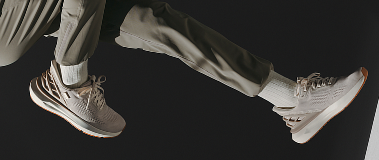
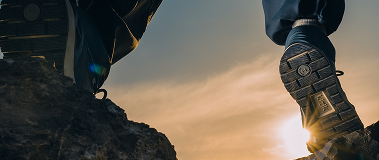

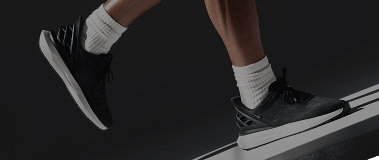
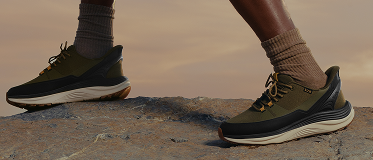
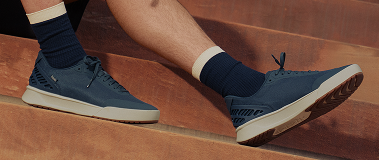
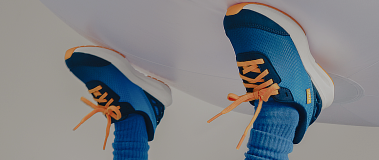
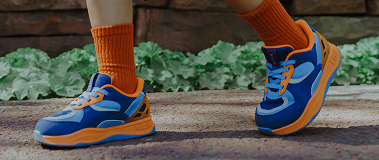
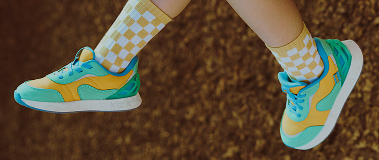

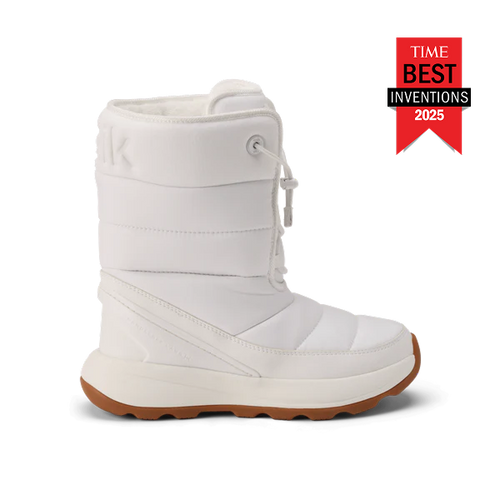


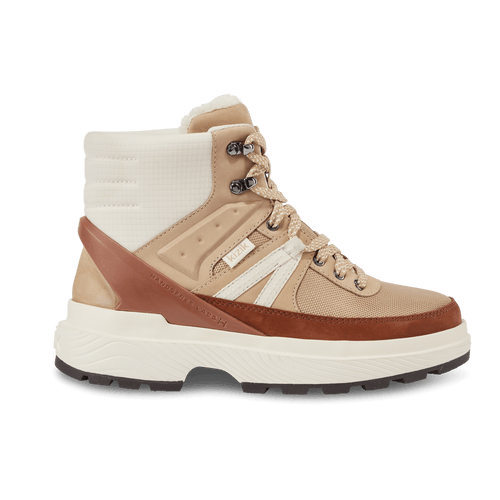
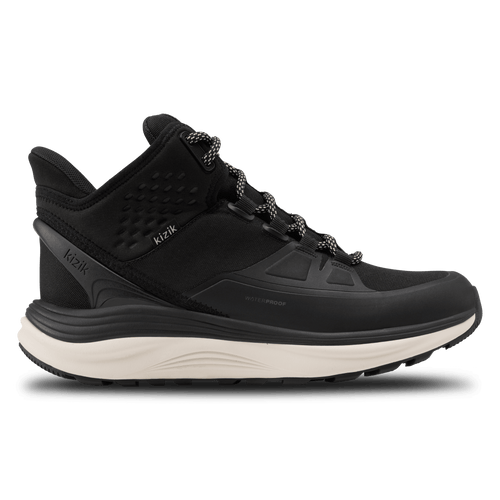








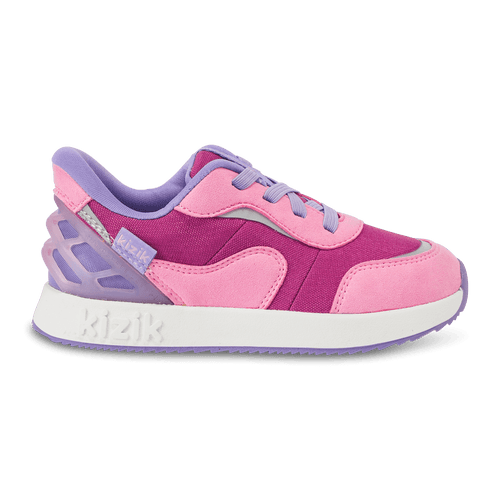

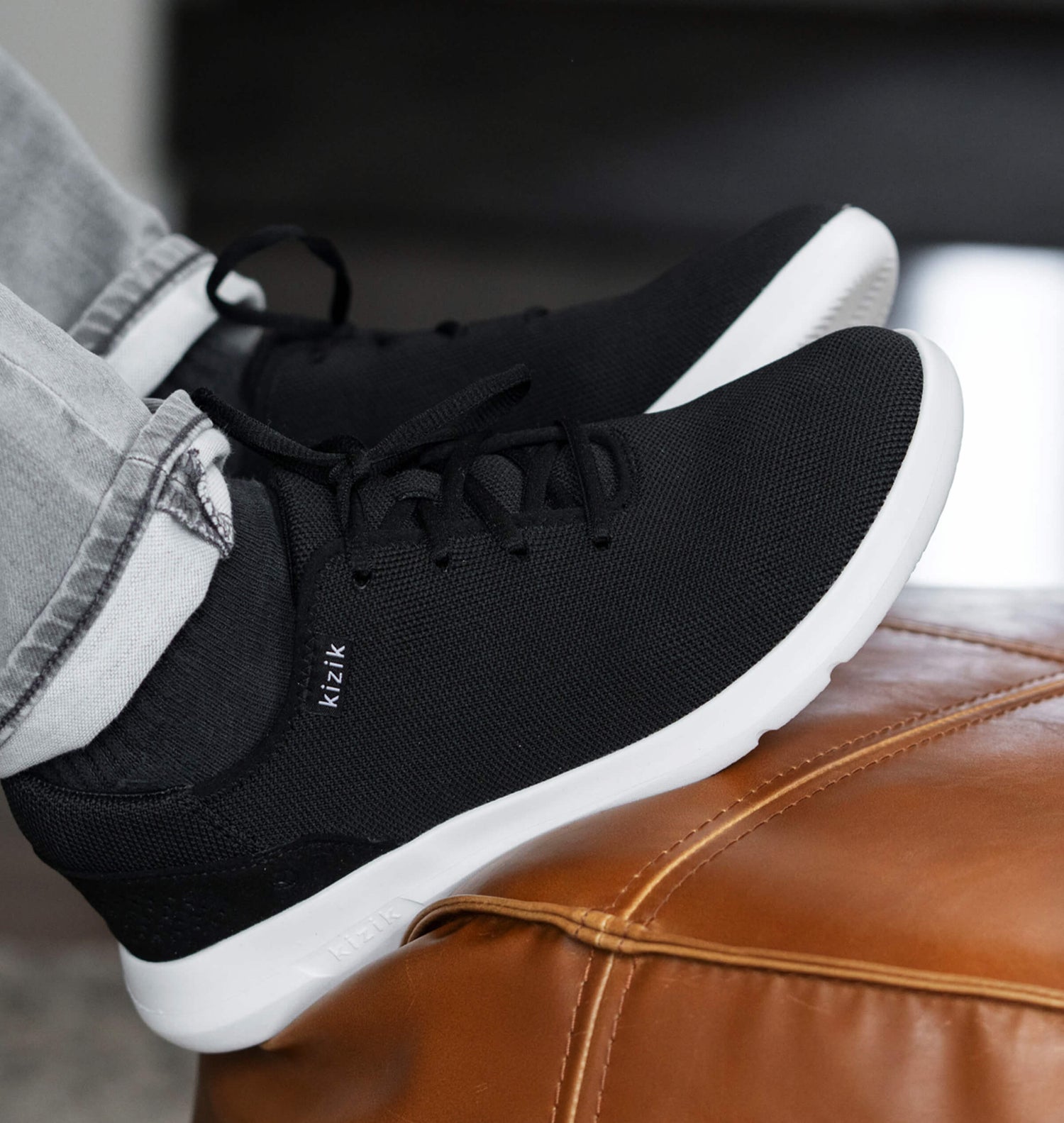
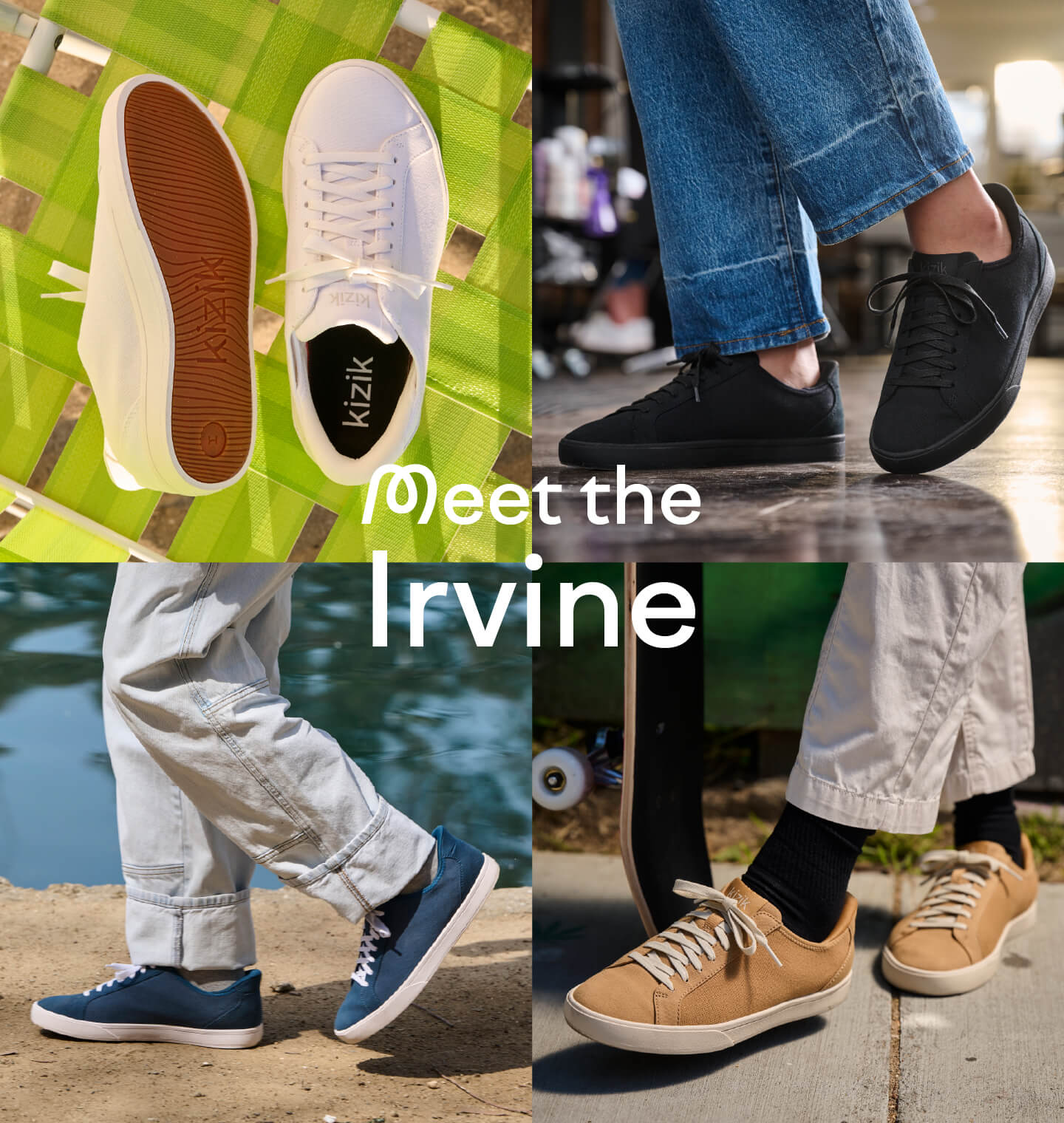
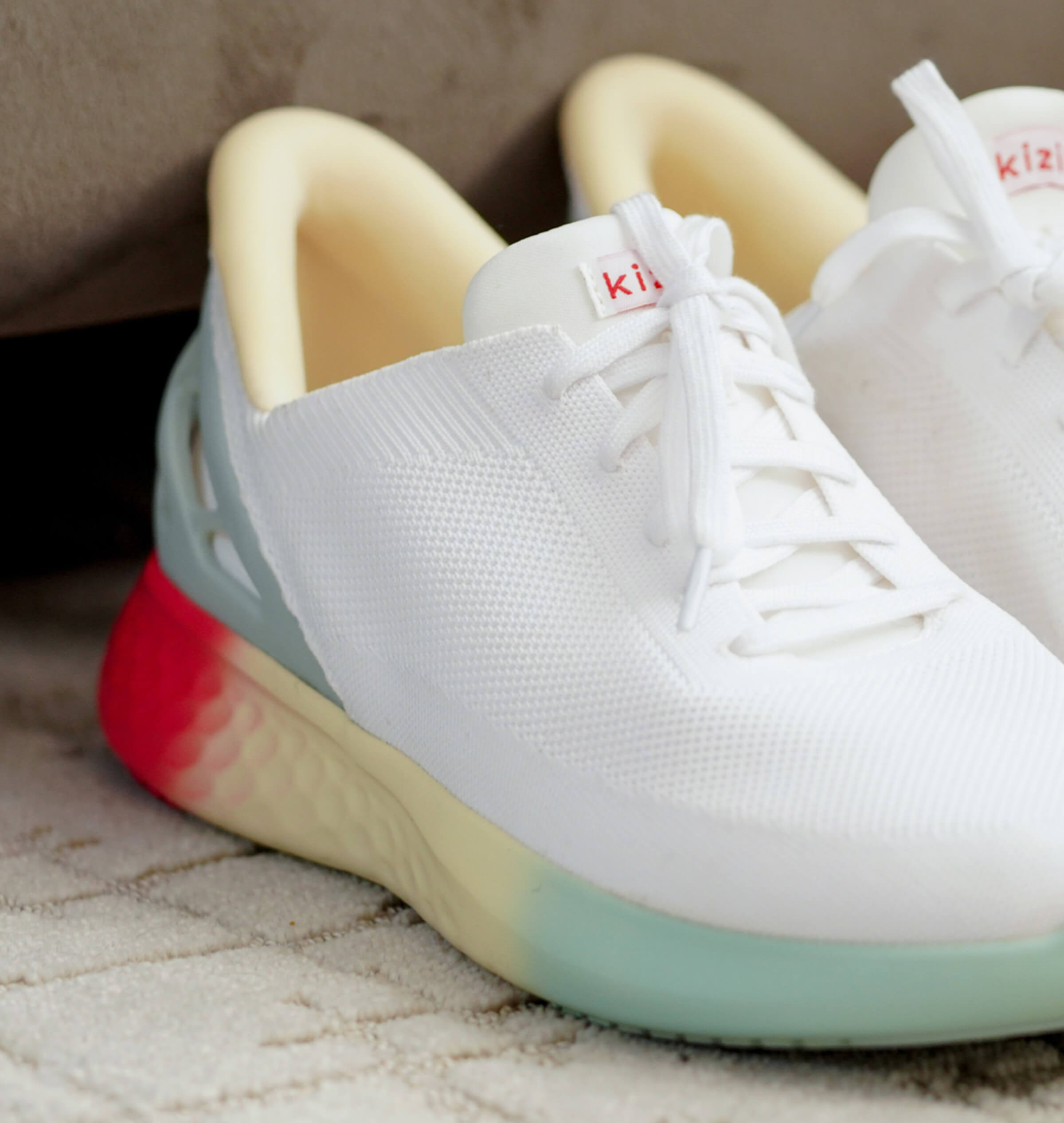
Leave a comment
This site is protected by hCaptcha and the hCaptcha Privacy Policy and Terms of Service apply.